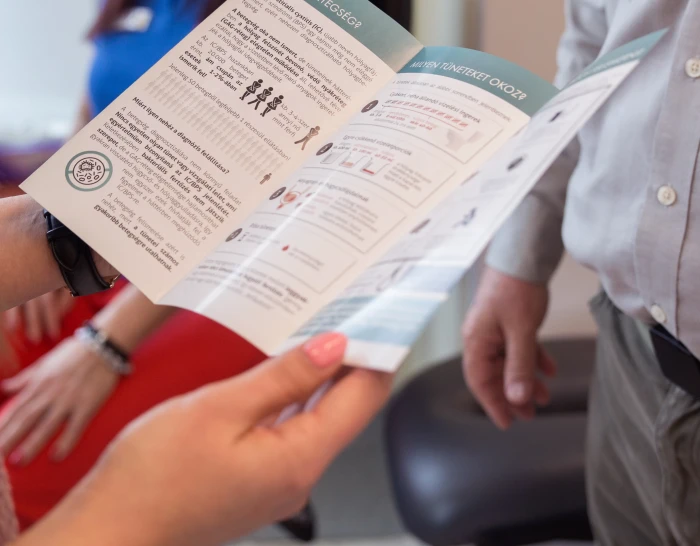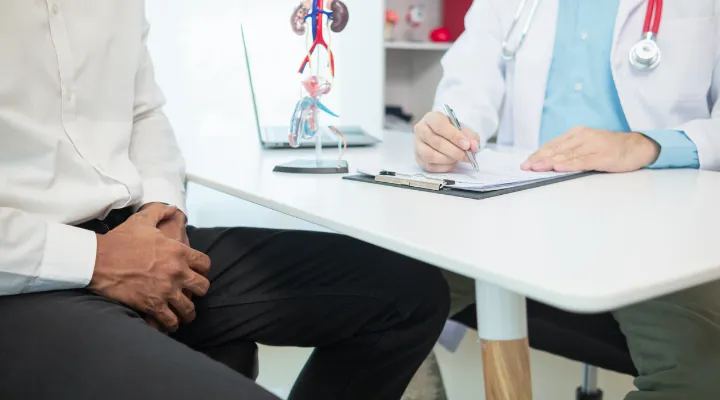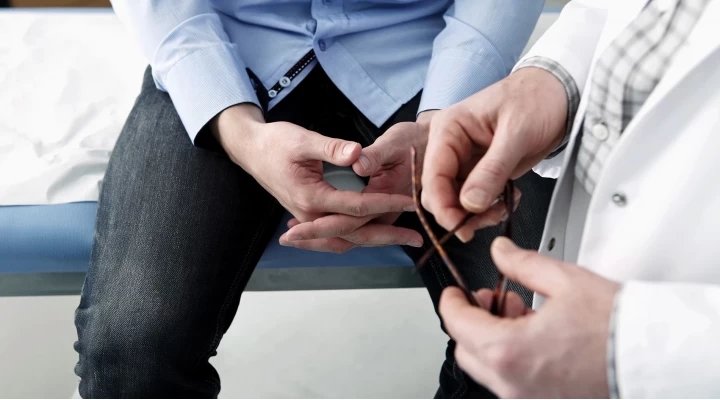Radiotherapy and chemotherapy after treatment or surgery for many pelvic tumors — in the cervix and uterus, ovaries, bladder, prostate or rectum — can impair the protective function of the glycosaminoglycan layer (GAG layer) on the surface of the mucous membrane of the bladder and urethra. As a result, the corrosive, tissue-irritating effect of urine can provoke symptoms similar to those seen in painful bladder syndrome (interstitial cystitis): severe pain, frequent urination, and in many cases, blood in the urine.
The vast majority of patients experience relief of their symptoms after the second or third treatment session, while blood in the urine is also less frequent or reduced. In many cases, the patient is symptom-free after the fourth or fifth round of treatment.
For patients who have undergone radiotherapy, it is necessary to receive maintenance installation treatments (with ever decreasing frequency), as radiation damage to the tissues is a permanent condition. In the treatment of complaints following chemotherapy, it is possible to try to stop the treatment after symptoms have been reduced and to only begin maintenance treatment if the patient experiences further symptoms.
Bladder installations are performed using the patented and gentle catheter-free instillation method, which uses a special syringe adapter (Urodapter®) to protect the urethra and prevent further infections. This means that this treatment method eliminates the possibility of any damage to the urethra caused by mechanical means, ensuring the procedure is completely painless and enabling simultaneous treatment of the mucous membrane of the urethra and bladder.
The injection is performed with a well-proven drug mixture for the treatment of bladder pain syndrome. The mixture includes a cocktail of Lidocaine local anesthetic and an anti-inflammatory steroid solution that increases the effectiveness of the anesthetic, as well as the main GAG layer components (heparin, hyaluronic acid and chondroitin sulphate). All of these ingredients are neutral and do not cause irritation.
Our related doctors
Any questions before booking an appointment?
If you are unsure which doctor to see or what examination you require, we are here to help!
Simply request a free callback from one of our colleagues, who will help you find the right specialist based on your specific issue.






